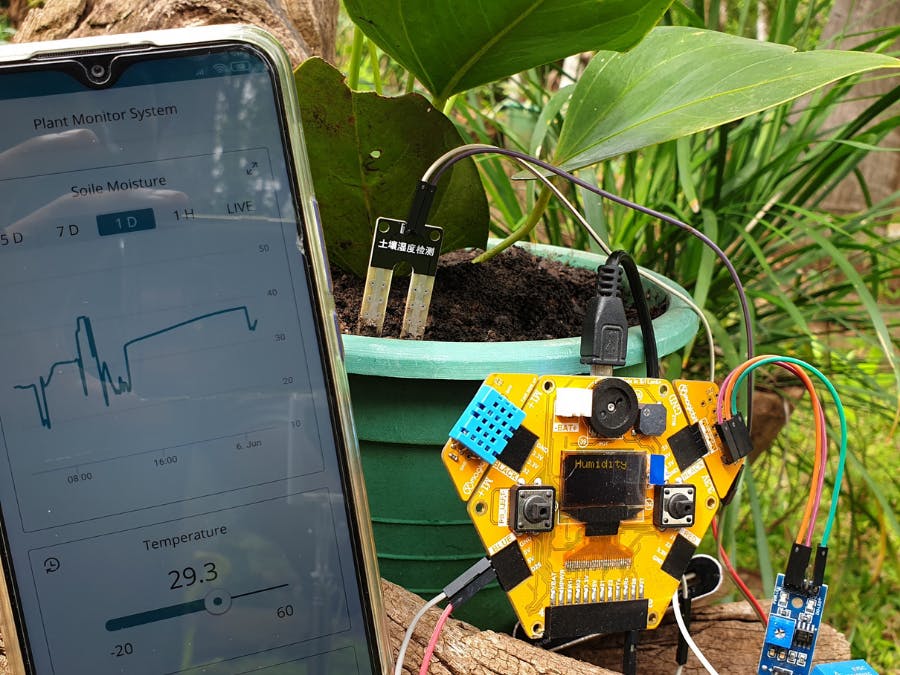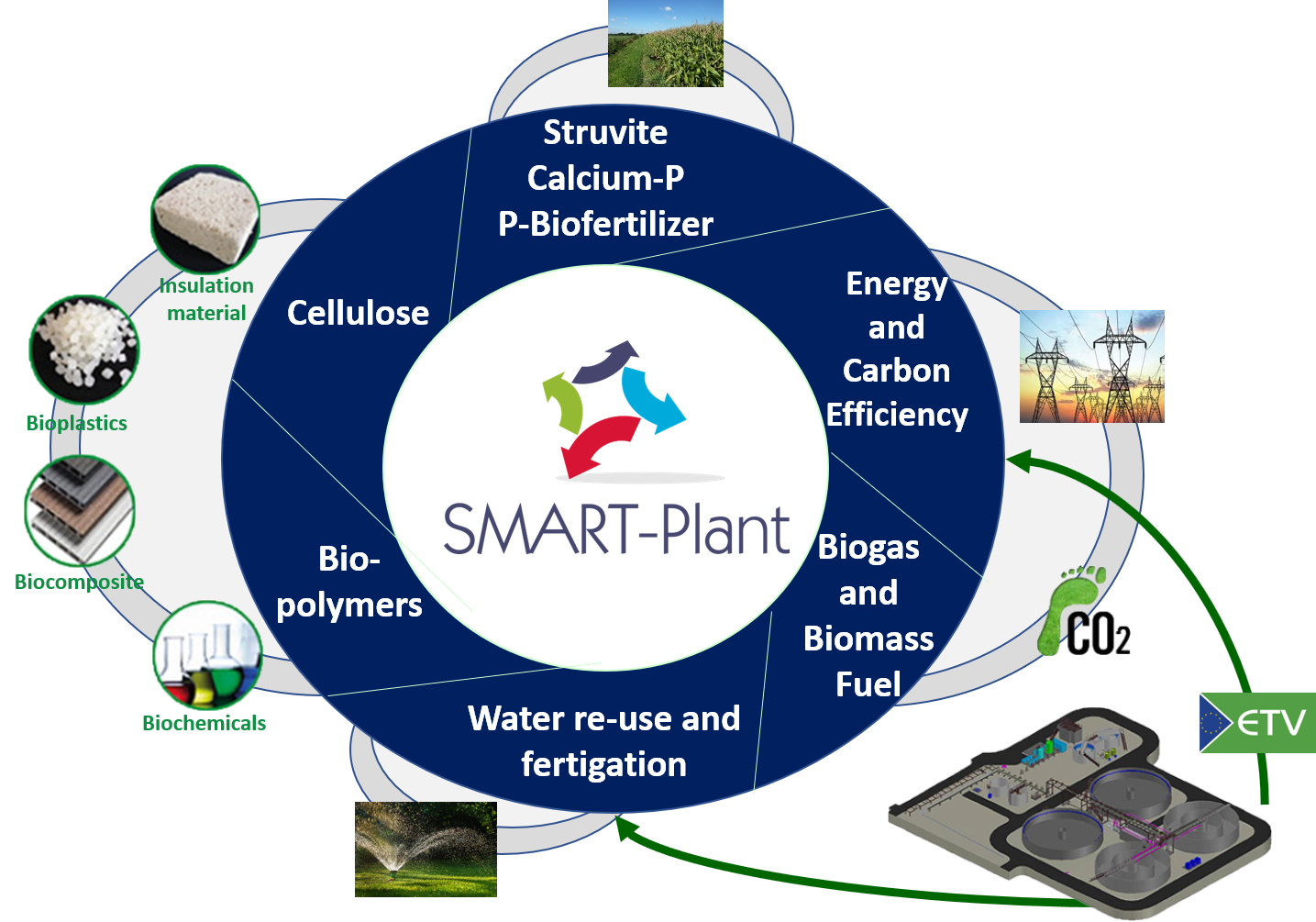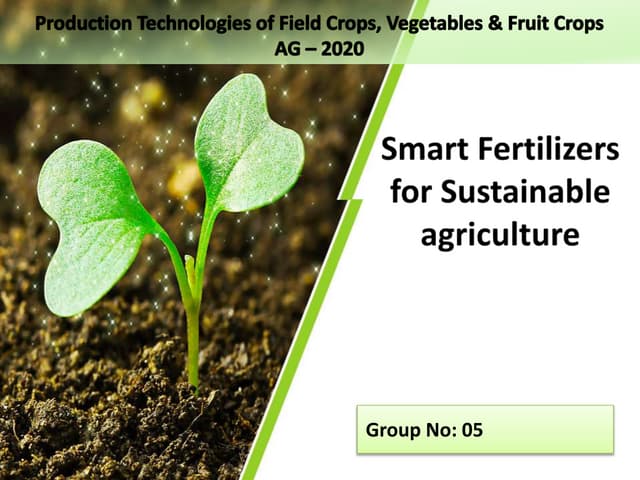
Revolutionizing Agriculture: Implementing Smart Plant Monitoring Systems for Enhanced Yields and Sustainability
Imagine a world where every plant receives exactly what it needs, when it needs it. No more guesswork, no more waste, just optimal growth and bountiful harvests. This isn’t a futuristic fantasy; it’s the promise of smart plant monitoring systems. As the global population continues to surge, and the pressures on our agricultural systems intensify, these innovative technologies are emerging as crucial tools for ensuring food security and promoting sustainable farming practices.
The Urgent Need for Smart Plant Monitoring
Traditional agriculture often relies on generalized approaches: applying the same amount of water and fertilizer to entire fields, regardless of individual plant needs. This can lead to several problems, including:
- Overwatering and Underwatering: Both can stress plants, making them susceptible to disease and reducing yields.
- Nutrient Imbalances: Excess fertilizer pollutes waterways, while deficiencies stunt growth.
- Pest and Disease Outbreaks: Early detection is crucial, but often missed in broad-scale monitoring.
- Resource Waste: Inefficient use of water, fertilizer, and energy increases costs and environmental impact.
Smart plant monitoring systems address these challenges by providing real-time, granular data about plant health and environmental conditions. This allows farmers to make informed decisions, optimize resource allocation, and ultimately, improve yields while minimizing waste.
What are Smart Plant Monitoring Systems?
At their core, smart plant monitoring systems are networks of sensors, data analytics tools, and communication technologies that work together to provide a comprehensive view of plant health and environmental conditions. These systems typically include the following components:
Sensors: The Eyes and Ears of the System
A wide range of sensors can be used to monitor various parameters, including:
- Soil Moisture Sensors: Measure the water content in the soil, allowing farmers to optimize irrigation schedules.
- Nutrient Sensors: Detect the levels of essential nutrients like nitrogen, phosphorus, and potassium in the soil.
- Temperature and Humidity Sensors: Monitor air and soil temperature, as well as humidity levels, to identify potential stress factors.
- Light Sensors: Measure the amount of sunlight reaching the plants, which is crucial for photosynthesis.
- Plant Health Sensors: Use various techniques, such as spectral imaging and chlorophyll fluorescence, to assess plant health and detect early signs of stress or disease.
- Weather Stations: Provide real-time data on rainfall, wind speed, and other weather conditions.
The placement of these sensors is crucial. Typically, they are strategically placed throughout the field to provide a representative sample of the overall conditions. Some systems even utilize drone-mounted sensors for aerial monitoring, offering a broader perspective.
Data Acquisition and Transmission
The data collected by the sensors is transmitted wirelessly to a central processing unit, often a cloud-based platform. This can be achieved through various communication technologies, such as:
- Wi-Fi: Suitable for smaller farms or areas with reliable internet access.
- Cellular Networks (4G/5G): Provide wider coverage and higher bandwidth, ideal for larger farms and remote locations.
- LoRaWAN: A long-range, low-power wide-area network (LPWAN) technology that is well-suited for agricultural applications.
- Satellite Communication: Used in areas with limited or no terrestrial network coverage.
The choice of communication technology depends on factors such as the size of the farm, the availability of network infrastructure, and the power requirements of the sensors.
Data Analytics and Visualization
Once the data is collected, it is processed and analyzed using sophisticated algorithms and machine learning techniques. This allows farmers to:
- Identify trends and patterns: Understand how environmental conditions affect plant growth and yield.
- Detect anomalies: Identify potential problems, such as nutrient deficiencies or pest infestations, early on.
- Predict future outcomes: Forecast yields and optimize resource allocation.
- Receive actionable insights: Get personalized recommendations on how to improve plant health and productivity.
The analyzed data is typically presented to farmers through user-friendly dashboards and mobile apps, providing a clear and concise overview of plant health and environmental conditions. These interfaces often include interactive maps, charts, and graphs, making it easy for farmers to understand the data and make informed decisions.
Automation and Control
Many smart plant monitoring systems also include automation and control capabilities, allowing farmers to remotely control irrigation systems, fertilizer applicators, and other equipment. This can be achieved through:
- Automated Irrigation: Adjusting watering schedules based on real-time soil moisture data.
- Precision Fertilization: Applying fertilizer only where and when it is needed.
- Remote Control: Operating equipment from a smartphone or computer.
By automating these tasks, farmers can save time, reduce labor costs, and improve the efficiency of their operations. It also minimizes the potential for human error, ensuring that plants receive the optimal amount of resources.
Benefits of Implementing Smart Plant Monitoring Systems
The benefits of implementing smart plant monitoring systems are numerous and far-reaching. They include:
Increased Yields
By optimizing resource allocation and preventing stress, smart plant monitoring systems can significantly increase crop yields. Studies have shown that these systems can lead to yield increases of 10-30% or even more in some cases. Providing plants with exactly what they need, when they need it, creates the optimal growing environment.
Reduced Resource Consumption
Precision irrigation and fertilization can significantly reduce water and fertilizer consumption, saving farmers money and reducing environmental impact. By only applying resources where and when they are needed, waste is minimized, and the environment is protected. This also contributes to more sustainable farming practices.
Improved Plant Health
Early detection of stress and disease allows farmers to take corrective action before problems escalate, improving plant health and reducing losses. Identifying issues early on allows for targeted interventions, preventing widespread damage and minimizing the need for harsh chemicals.
Reduced Labor Costs
Automation and remote control can reduce the need for manual labor, saving farmers time and money. Tasks such as irrigation and fertilization can be automated, freeing up farmers to focus on other important aspects of their operations. This is especially beneficial for large farms where labor costs can be significant.
Enhanced Sustainability
By reducing resource consumption and minimizing environmental impact, smart plant monitoring systems promote sustainable farming practices. This contributes to a more environmentally friendly and resilient agricultural system. Sustainable farming practices are becoming increasingly important as we strive to feed a growing population while protecting the planet.
Data-Driven Decision Making
Smart plant monitoring systems provide farmers with the data they need to make informed decisions about their operations. This allows them to optimize their practices and improve their overall efficiency. Instead of relying on guesswork, farmers can use real-time data to guide their decisions, leading to better outcomes.
Improved Product Quality
Healthier plants produce higher-quality crops, leading to increased market value. By optimizing growing conditions, farmers can improve the taste, appearance, and nutritional content of their produce. This can lead to higher prices and increased demand from consumers.
Challenges and Considerations
While the benefits of smart plant monitoring systems are clear, there are also some challenges and considerations to keep in mind:
Initial Investment Costs
The initial investment in sensors, data analytics tools, and communication infrastructure can be significant. However, the long-term benefits, such as increased yields and reduced resource consumption, can often outweigh the initial costs. Farmers should carefully evaluate the potential return on investment before implementing a smart plant monitoring system.
Technical Expertise
Operating and maintaining smart plant monitoring systems requires some technical expertise. Farmers may need to invest in training or hire consultants to help them get the most out of their systems. It’s important to choose a system that is user-friendly and provides adequate support and training.
Data Security and Privacy
Smart plant monitoring systems collect vast amounts of data about plant health and environmental conditions. It’s important to ensure that this data is stored securely and protected from unauthorized access. Farmers should choose systems that have robust security measures in place and comply with relevant data privacy regulations.
Connectivity Issues
Reliable internet connectivity is essential for transmitting data from sensors to the cloud. In areas with poor internet access, farmers may need to invest in alternative communication technologies, such as satellite communication. It’s important to assess the availability and reliability of internet connectivity before implementing a smart plant monitoring system.
System Integration
Integrating smart plant monitoring systems with existing farm management systems can be challenging. Farmers should choose systems that are compatible with their existing infrastructure and provide seamless integration. This will help to streamline operations and avoid data silos.
Types of Smart Plant Monitoring Systems
Smart plant monitoring systems come in various forms, each tailored to specific needs and applications. Here’s a look at some common types:
Field-Based Sensor Networks
These systems involve deploying a network of sensors directly in the field to monitor soil moisture, nutrient levels, temperature, humidity, and other environmental parameters. Data is transmitted wirelessly to a central hub for analysis and visualization. Field-based sensor networks offer high accuracy and granular data, making them suitable for precision agriculture applications.
Drone-Based Monitoring
Drones equipped with multispectral and hyperspectral cameras can capture detailed images of crops, allowing farmers to assess plant health, detect stress, and identify areas that need attention. Drone-based monitoring provides a broad overview of the field, enabling farmers to make informed decisions about irrigation, fertilization, and pest control. It’s particularly useful for large farms where it’s difficult to monitor individual plants manually.
Satellite-Based Monitoring
Satellite imagery can be used to monitor crop health and environmental conditions on a large scale. Satellite-based monitoring is particularly useful for tracking changes in vegetation cover, detecting drought stress, and assessing the impact of climate change on agriculture. While it may not provide the same level of detail as field-based or drone-based monitoring, it offers a cost-effective way to monitor large areas.
Greenhouse Monitoring Systems
These systems are designed specifically for greenhouse environments, where precise control over temperature, humidity, and lighting is essential. Greenhouse monitoring systems typically include sensors to monitor these parameters, as well as automated control systems to adjust them as needed. This ensures that plants receive the optimal growing conditions, maximizing yields and minimizing energy consumption.
Case Studies: Success Stories in Smart Plant Monitoring
The real-world impact of smart plant monitoring systems is best illustrated through successful implementations. Here are a few examples:
Case Study 1: Precision Irrigation in a Vineyard
A vineyard in California implemented a smart irrigation system that uses soil moisture sensors to monitor water levels in the soil. The system automatically adjusts irrigation schedules based on real-time data, ensuring that vines receive the optimal amount of water. As a result, the vineyard reduced its water consumption by 20% and increased its grape yields by 15%. The system also helped to improve the quality of the grapes, leading to higher prices.
Case Study 2: Early Disease Detection in a Potato Farm
A potato farm in Idaho used drone-based monitoring to detect early signs of disease in its potato crops. The drones captured multispectral images of the fields, which were analyzed to identify areas where plants were showing signs of stress. The farm was able to take corrective action before the disease spread, preventing significant losses. The system saved the farm an estimated $50,000 in crop losses.
Case Study 3: Optimized Nutrient Management in a Cornfield
A cornfield in Iowa implemented a smart nutrient management system that uses soil nutrient sensors to monitor the levels of nitrogen, phosphorus, and potassium in the soil. The system automatically adjusts fertilizer application rates based on real-time data, ensuring that plants receive the optimal amount of nutrients. As a result, the cornfield reduced its fertilizer consumption by 10% and increased its corn yields by 8%. The system also helped to reduce nutrient runoff, protecting local waterways.
The Future of Smart Plant Monitoring
The future of smart plant monitoring is bright, with ongoing advancements in sensor technology, data analytics, and automation. Some key trends to watch include:
Miniaturization and Lower Costs
Sensors are becoming smaller, more affordable, and more energy-efficient, making them easier to deploy in large numbers. This will enable farmers to monitor plant health and environmental conditions at an even more granular level.
Artificial Intelligence and Machine Learning
AI and machine learning algorithms are becoming more sophisticated, allowing for more accurate and predictive analysis of plant health data. This will enable farmers to make even more informed decisions about their operations.
Integration with Other Technologies
Smart plant monitoring systems are increasingly being integrated with other agricultural technologies, such as precision planting equipment, autonomous tractors, and supply chain management systems. This will create a more connected and efficient agricultural ecosystem.
Focus on Sustainability
Smart plant monitoring is playing an increasingly important role in promoting sustainable agriculture practices. By reducing resource consumption and minimizing environmental impact, these systems are helping to create a more resilient and environmentally friendly food system.
Getting Started with Smart Plant Monitoring
If you’re interested in implementing smart plant monitoring systems on your farm, here are a few steps to get started:
- Assess Your Needs: Identify the specific challenges you’re facing and the goals you want to achieve with smart plant monitoring.
- Research Available Systems: Explore the different types of smart plant monitoring systems available and choose one that meets your needs and budget.
- Start Small: Begin by implementing a smart plant monitoring system on a small portion of your farm to test its effectiveness and learn how to use it.
- Get Training and Support: Make sure you receive adequate training and support from the system provider.
- Monitor and Evaluate: Regularly monitor the performance of your smart plant monitoring system and evaluate its impact on your operations.
Conclusion: Embracing the Future of Agriculture
Smart plant monitoring systems are transforming agriculture, enabling farmers to optimize resource allocation, improve plant health, and increase yields. By embracing these innovative technologies, we can create a more sustainable and resilient food system that can meet the challenges of a growing population. The future of agriculture is data-driven, and smart plant monitoring systems are at the forefront of this revolution. As technology continues to advance, we can expect to see even more sophisticated and effective solutions emerge, further empowering farmers to produce more food with fewer resources.


